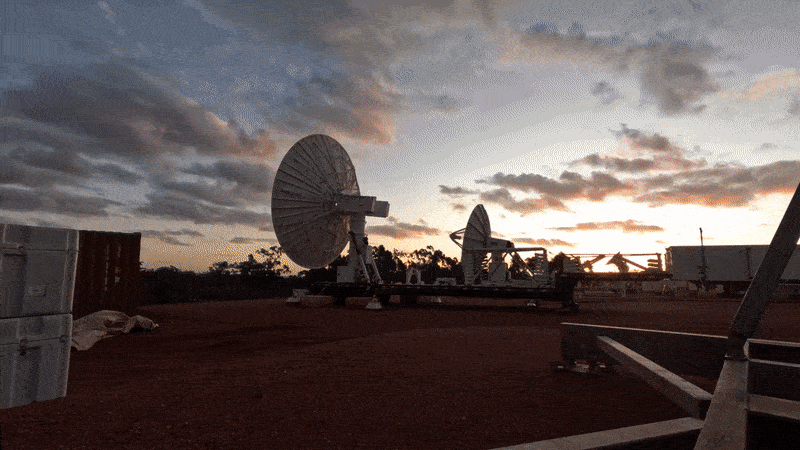
This is it. Launch night.
Sounding rocket scientists are the space cowboys of NASA. Satellite missions like the James Webb Space Telescope (JWST) do incredible science but are much more expensive and take much longer (almost $10 billion and 30 years) to build and launch into space. One of the main reasons for that is that JWST is designed to not fail. It will be in space taking data for over ten years, and therefore a huge amount of testing and redundancy is needed to ensure reliability and longevity.
Sounding rockets, on the other hand, take on a much larger amount of risk. I haven’t yet attended a failed sounding rocket launch, but stories percolate throughout the community. Once a rocket went off track so the self-destruct system (yes, this is a real thing in sounding rocket launches at White Sands Missile Range) was activated. Another time lightning struck a payload as it was sitting on the ground and it flew horizontally through a wall. Less dramatically, it’s possible for the telescope to go out of focus on launch, or for the star tracking system to fail and us to not be able to find the target in the five minutes allotted to us.
That’s right, five minutes. A sounding rocket flight takes only 15 to 20 minutes, of which about five are used to collect science data. Once that window opens up, the graduate student uses a computer-aided guidance system to steer the intended target into the telescope. The time it takes to do that is seconds shaved off of the time collecting data. If a student takes 30 seconds, that’s a tenth of the potential data lost. So the pressure to perform is real.
In return for more risk and shorter flight times, sounding rockets provide a fast and cheap route to prove the viability of cutting-edge instrumentation. A sounding rocket program costs about $1 million a year to run and launches a rocket about once a year. When you put a new instrument on a project like JWST, you want proof that that technology will work in space as advertised. Sure, there are vacuum chambers and radiation chambers and other laboratory equipment on the ground that attempt to mimic the conditions of space, but none of them are as good a test as going there. Sounding rockets go there and use the latest and greatest to do new science. If the instrument (or rocket) fails, we can rebuild and try again at no great cost. If it succeeds, the instrument has been proven to work in space, and can now be used on bigger but lower risk projects like JWST.
So as we prepare to launch the Dual-channel Extreme Ultraviolet Continuum Experiment (DEUCE) tonight to observe Alpha Centauri A & B, there is a real chance that things go wrong. Everyone involved has done this before—it’s a levelheaded crew steering this operation. But the jitters are real. Catch you on the flip side.
Alex Haughton is a graduate student in the Astrophysical and Planetary Sciences department at University of Colorado Boulder studying ultraviolet instrumentation with sounding rockets. His team has traveled to Equatorial Launch Australia’s Arnhem Space Center near Nhulunbuy, Australia to launch the Dual-channel Extreme Ultraviolet Continuum Experiment (DEUCE) Sounding Rocket and observe the stars Alpha Centauri A & B in extreme ultraviolet wavelengths.



